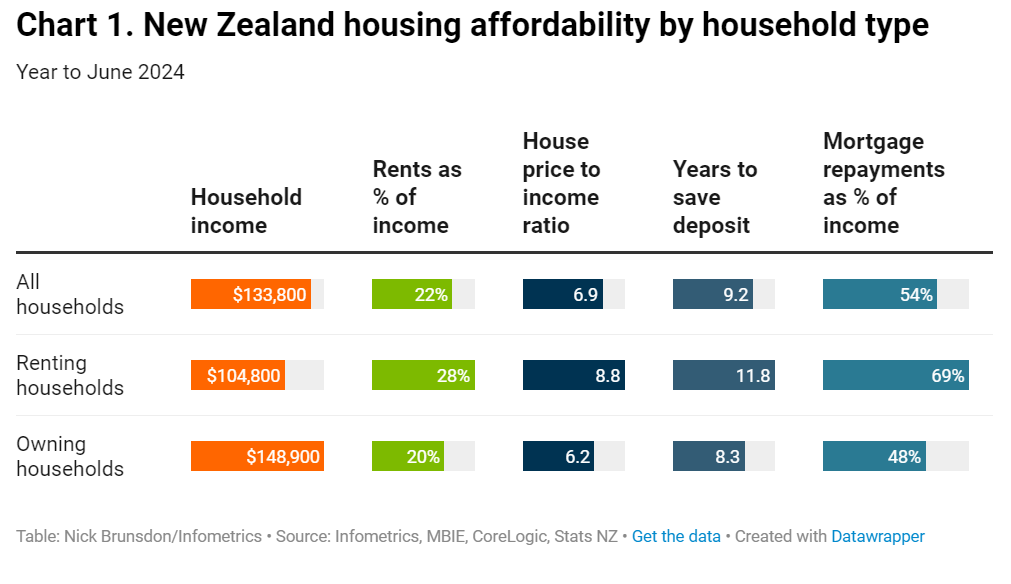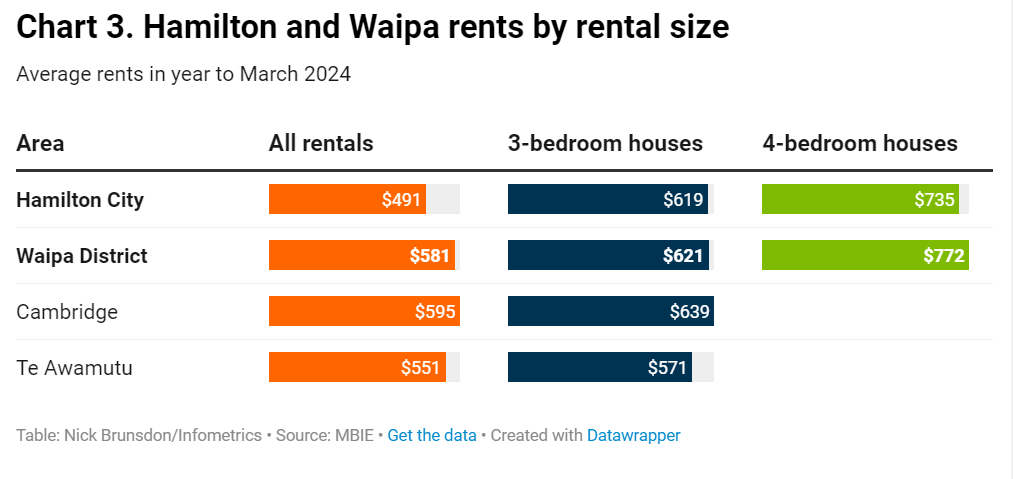New methods reveal hidden gaps

Housing affordability is a growing concern impacting household wellbeing and regional economic growth in New Zealand.
Infometrics has been exploring these issues in its Regional Economic Profile, focusing on local affordability challenges to better inform decision-making.
“Housing affordability is an important issue affecting the wellbeing of households,” said Nick Brunsdon (pictured above), principal economist at Infometrics.
Read more: Is housing affordability still an issue in New Zealand?
Understanding true income gaps
Traditional measures often use average household incomes, but this can misrepresent renters’ true ability to afford housing.
Data showed that renter households have a median income 22% lower than the overall average, making it much harder for them to afford rents or save for a home.
This gap highlights how renters face greater financial challenges than broader data suggests.
Renters face steep path to homeownership
Rent vs. income strain
Average weekly rents in New Zealand account for 28% of the typical renting household’s income, compared to 22% for the average household.
To buy an average home priced at $923,900, it would take a renter with an average income nearly 12 years to save a 20% deposit, compared to 9.2 years for the average household.
Mortgage payments would consume 69% of a renter’s income, illustrating the uphill battle renters face.
Factors behind lower renter incomes
Renters tend to have lower incomes due to younger age demographics and limited financial capacity to transition to homeownership.
This highlights the importance of using renter-specific income data to capture the housing stress faced by renters and potential first-time buyers.
Affordability varies widely at the town level
Town-specific insights
Affordability can differ significantly within regions.
In Waipa District, house prices in Cambridge are $300,000 higher than in nearby Te Awamutu, resulting in a house price-to-income ratio of 8.5 in Cambridge versus 6.6 in Te Awamutu.
Despite Cambridge’s higher house prices, rents are only 8% higher, making renting slightly more affordable relative to incomes.

Impact of housing mix
Housing stock composition greatly affects rent differences.
For example, Waipa’s average rent is higher than in Hamilton City, largely due to a greater supply of larger homes. Within Waipa, rents vary between towns, reflecting disparities in housing quality and availability.
Identifying price points for affordable housing
Communities are seeking solutions to bridge the affordability gap, such as South Waikato District Council’s exploration of affordable housing developments. Analysis shows that if homes were priced $50,000 below the district’s average, over 600 additional households could afford to buy; lowering prices by $100,000 would allow an extra 1,100 households to enter the market.
Data-driven decision making
These findings stress the need for detailed, localised data to guide housing policies and development strategies.
Understanding nuanced income and price differences can help identify the most effective ways to improve housing affordability across New Zealand, Brunsdon said.
Read the Infometrics article in full here.
Get the hottest and freshest mortgage news delivered right into your inbox. Subscribe now to our FREE daily newsletter.



